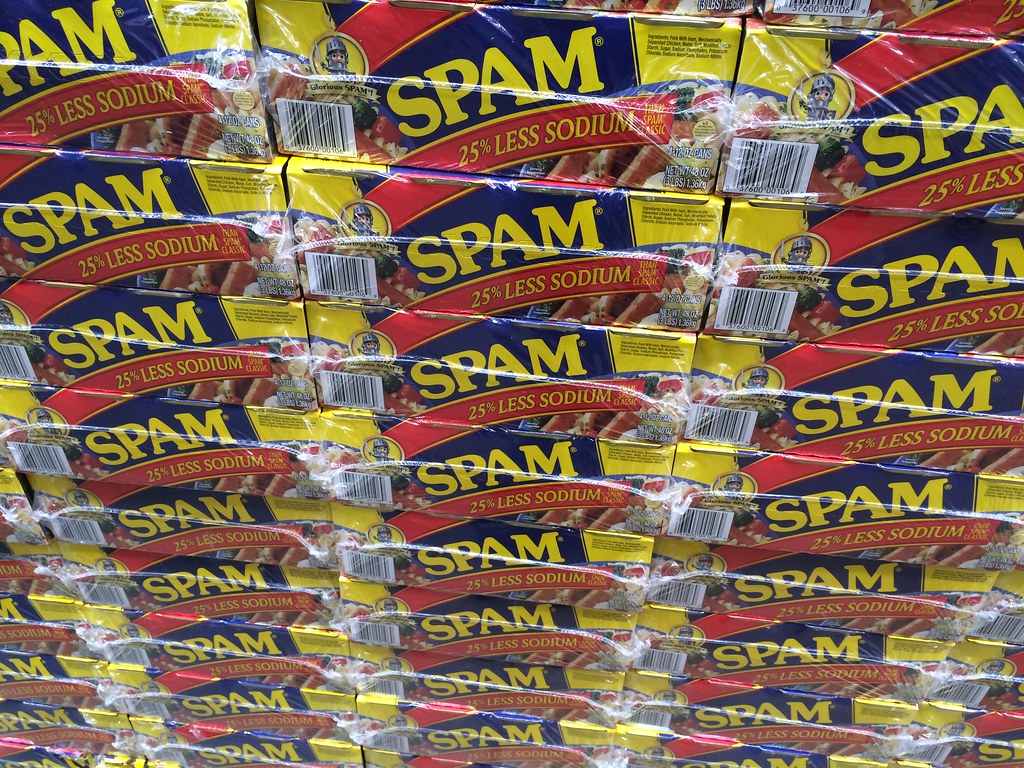Back when Spam was merely canned spiced shoulder of ham, we had junk mail. It came and still comes to our physical mail boxes just as surely and regularly as robo-calls come to our voice mail in-boxes. Passing some opt-out laws and restrictions helped stem the tide of junk mail somewhat. It as easy to toss in the recycle in any case. In the case of robo-calls, mandated do not call lists helped a lot. It seemed that junk robo-intrusions into our communications streams could be handled by some sort of legal relief — at least in the US.
In one recent instance legal recourse has proven to be helpful as the advertising spam industry has unified with fewer players. In 2015, FTC action against a California-based diet pill spammer resulted in not only a settlement that included a $43 million fine but also resulted in an overall reduction in spam in the phrama sector of almost 80%.
But overall, spam in email turned out to be different than junk mail and robo-calls. Global in design and reach, less costly to the sender, rarely stifled at the source, more easily disguised and overall more insidious, spam and anti-spam efforts have obsessed some of the best minds of our generation.
As a result of this hard brain work, we now have cleaner in-boxes but we also see plaintive sentences when we order from some sites asking us, warning us to please white list their email addresses (thereby opening ourselves up to their spam) or even more annoying “If you do not see our response, please inspect your spam folder.” One word of advice: Don’t unless you are desperate or want to be shocked by what has been rightly hidden from you.
I haven’t missed spam over the past five years, but I think spam has missed me. Recent reports at that spam is in decline. According to Symantec, spam is down as a percentage of total email sent for the first time in 12 years of measurement (as of June 2015). Spam has proven to be less effective for sales, but still very effective in delivering phishing schemes, malware and ransomware.
That is to say that spam, which was once mostly an annoying waste of time, is now more likely to be lethal — well, at least to have very bad consequences. We get less spam but instead of marketing green coffee or acai berries, we are deceived into entering our banking passwords or to send our contact lists to the fraudsters in the background for further exploitation.
Social media or even encrypted messaging systems are not completely free of spam. But the nature of whitelisting by default reduces automated spam greatly. I never get spammed on Slack. Facebook is fairly good at sorting out spam messages, but yes there are invitations that you just should not accept. My messaging systems are spam free as in LinkedIn — save the odd invite. Invite in and of themselves are annoyances; they do not — at the moment — include a payload of malware.
But there may be something to be said for spam even if somewhat tongue in cheek. Finn Brunton, in his lovely if somewhat twisted “Spam: A Shadow History of the Internet,” (MIT, 2013) writes “Indeed, from a certain perverse perspective–one with consequences for my argument–spam can be presented as the Internet’s infrastructure used maximally and most efficiently, for a certain value of ‘use.’” Soon after Brunton acknowledges that “[t]his description is obviously ludicrous, a panegyric of pure function, while still being true.”


















Recent Comments